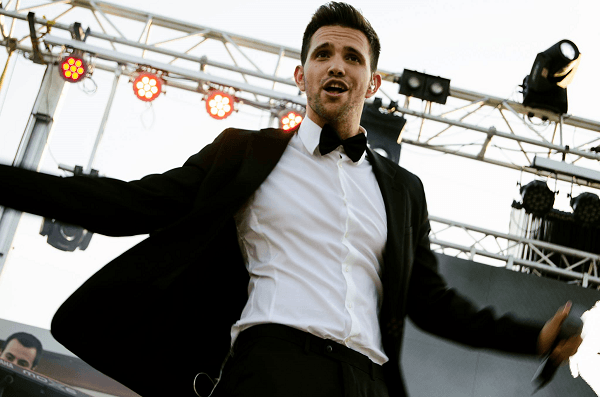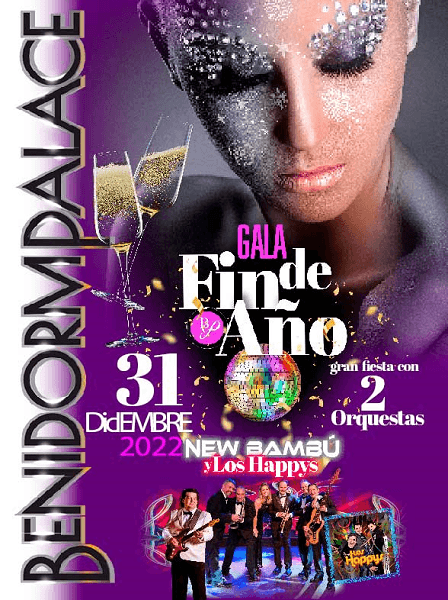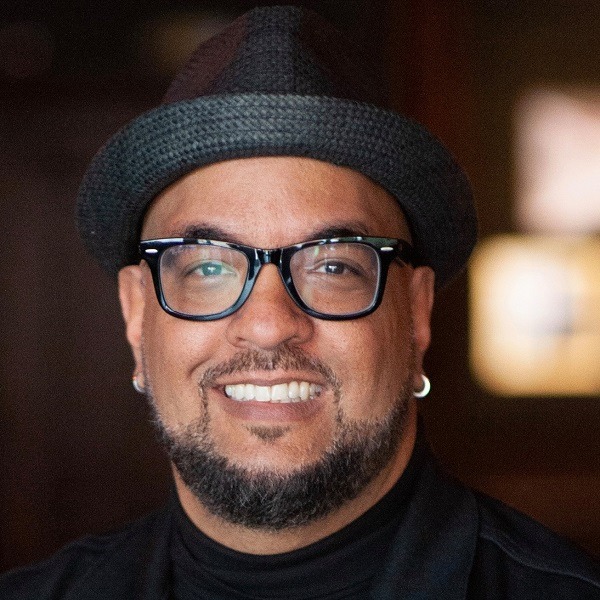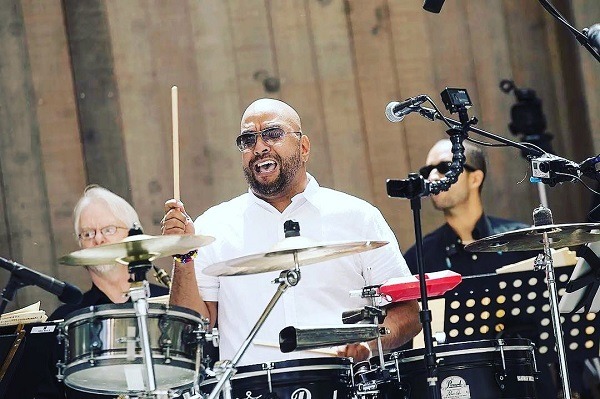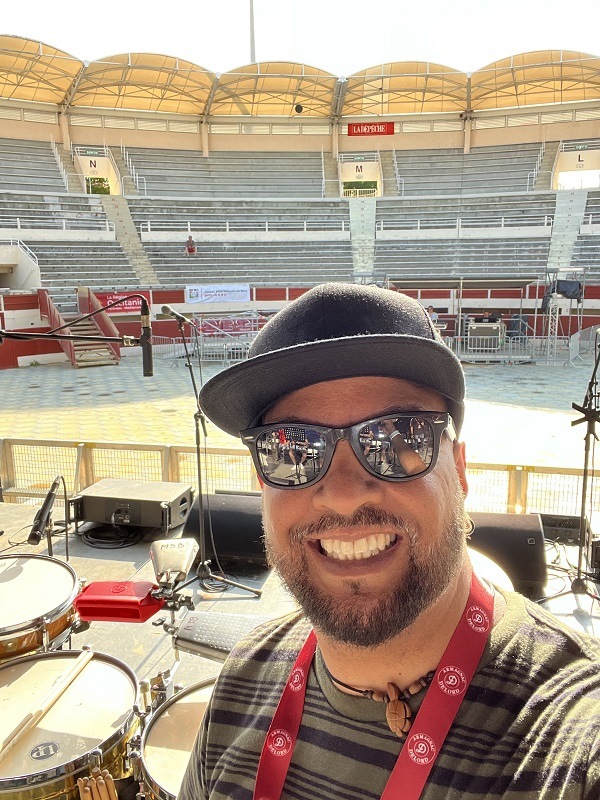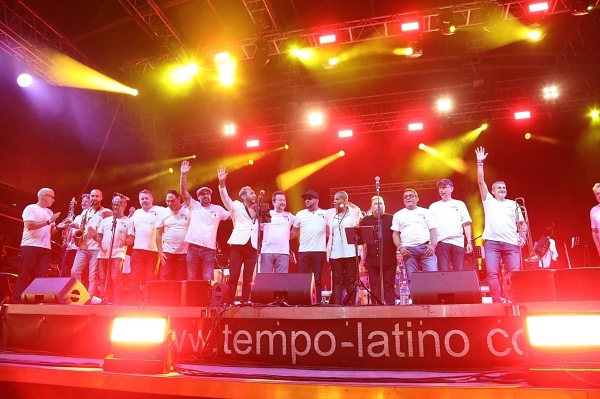Experience the hard-hitting rhythms and pulsing energy of every thrilling moment in this intense production starting in January

At a time when entertainment is at our fingertips, Spirit of the Dance returns to the UK stage with more soul, strength, and passion to celebrate its 26th anniversary as one of the most successful dance acts of the 20th and 21st centuries. This local tour will kick off at the Grand Theater Blackpool (January 18th), tour New Theater Royal (January 24th), and continue at the Princess Theater on Sunday, February 19th. Tickets are available now and range from £13 to £45. So now you can take your phone and write “Spirit of the Dance Tickets” and book your tickets.
This almost two-hour show by British producer David King combines the sensual Latin rhythms of Salsa, Tango, and Flamenco with the explosive footwork of Irish dance and other rhythms such as Street Dance, Hip Hop, Techno, Can Can, and American Tap.
The singers (Three) during the transitions will interpret great international classics by artists such as Adele and Céline Dion, among others, as well as Celtic hits.
The more than 350 dancers throughout the production present uncompromising precision and astonishing technique and skill in this high-octane show that borders between thundering feet performing as one and the audience vociferously demanding more.
This vibrant choreography of musical fusions has been acclaimed by more than 20 million people around the world and has packed theaters in a matter of hours since its inception in 1996.
So join the biggest dance sensation in history that celebrates 26 years as one of the most successful dance acts in the world, and mark your calendars now. See you there!
Do You Want To Know How It Was Done?
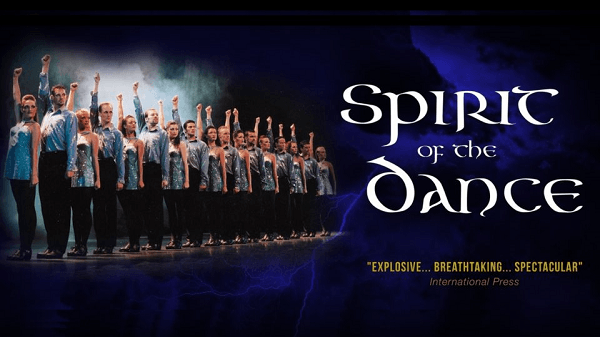
I’m going to tell you everything. You see, David King is one of the most applauded English theater producers by the public and specialized critics in Europe, Oceania (Australia), and Asia. He owns the King’s Castle Theater in Missouri (USA), the Broadway Theater at the New York-New York Hotel & Casino on the Las Vegas Strip (USA), and is the Executive Producer of Spirit Productions, becoming in this way in one of the largest employers in the world of entertainment in the last two decades.
His first musical, Spirit of the Dance https://www.spiritofthedance.com/, was created in the spring of 1996 when David was in the worst financial situation of his life, he wanted to start in the music industry entertainment but was not assertive in any business. One day he accompanied his friend to see the musical Riverdance starring the Irish dancer and choreographer Michael Flatley. At the end of the show, he watched the audience go crazy and during that moment he thought: “I can do this.”
When he left the theater he returned to his house and began the development of the play. In just three months he wrote the plot and used pieces of music that he had composed during his youth. “With my last £100, I printed copies of the poster and sent them to cinemas across the country. The phone in my kitchen started ringing and people were like, ‘Get me this show! I had the right idea at the right time.” David expressed to international media.
However, he tried to raise the money to put on the show but was rejected by everyone, “no one had faith in me to invest. I knocked on so many doors my knuckles ached. But despite all the refusals and all the doors that were closed in my face, I kept going despite everything… I sold everything I had, including my car and the family silver. It was time to sink or swim, and I jumped in with both feet. My luck changed for the better when Michael Flatley announced that he was leaving Riverdance to start his own show. Everyone assumed Spirit of the Dance was his new show and opening night sold out in hours.”
By 1998 and up to 2006 there were already 14 different Spirit of the Dance groups performing in 14 countries simultaneously.
This theatrical production updates its program every year to include current dance styles, so fans and curious viewers return to see the musical on several occasions.
You Can Also Read: 6 Clubs To Dance Salsa In London

